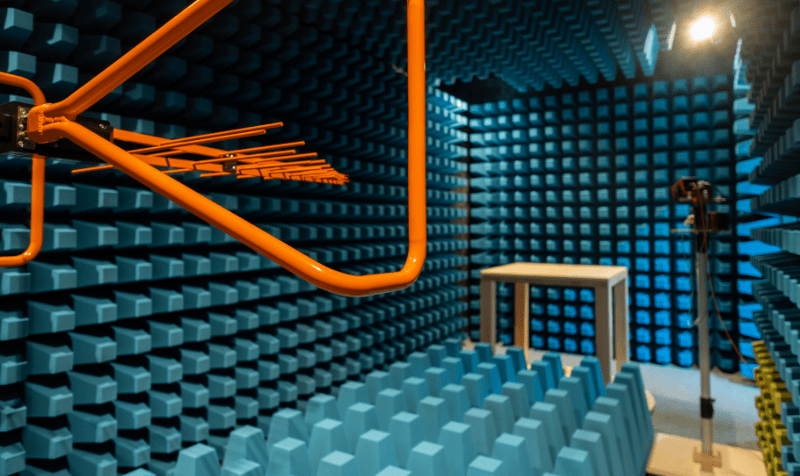
One of the significant challenges for RF Engineers in today’s world is to minimize the Electromagnetic Interference (EMI) within circuits and systems due to the increasing usage of high speed and high-frequency devices. Electromagnetic Compatibility (EMC) is mainly a technique to deal with such situations. The main emphasis is to propose an optimum design to minimize electromagnetic coupling and interference. The main objective of this course is to provide the participants an insight into various techniques and procedures required for the design of electronic systems, which comply with the EMC guidelines. The concept of effective shielding using modern practices, EMI filter designs are discussed in this course. This course gives advanced insights into EMC and its approaches to achieve it and solve complex issues with real-time scenarios.
With the ever-increasing use of the electromagnetic spectrum and the more complex and sophisticated electronic devices, issues of EMI are attracting attention. Electromagnetic compatibility is essential for any electronic device to function as intended. Electromagnetic Interference is the degradation in the performance of a device due to the fields making up the electromagnetic environment. Thus, it is necessary to protect electrical appliances such as processors, integrated circuits, information processing equipment, and telecommunication units against Electromagnetic Interference. Electromagnetic Compatibility (EMC) has become a significant consideration for any project involving the design, construction, manufacture, and installation of electrical and electronic equipment and systems. EMC is the ability of equipment or subsystems to function in their intended environment without suffering unacceptable degradation because of EMI (susceptibility) and without unnecessary emission that causes degradation of other equipment.